Sunday Breakfast Goes Kaleidoscopic
Distorted vision of a same simple morning. Kaleido porcelain, shaded bread will give my day a different, brand new taste.
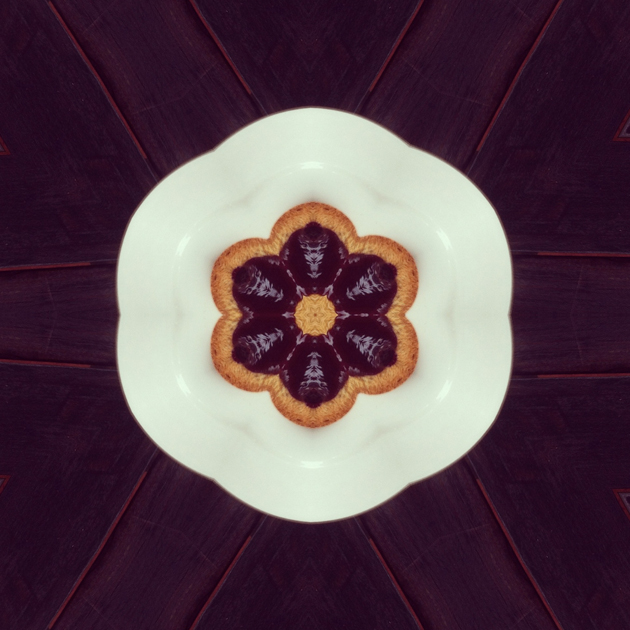
Sunday Breakfast Goes Kaleidoscopic
Distorted vision of a same simple morning. Kaleido porcelain, shaded bread will give my day a different, brand new taste.

Dubrovnik – Sun, Stars And Silence
Falling in love with Dubrovnik is inevitable. It’s a soul-lifting jumble of red rooftops, steep passageways, hidden monasteries, piazzas, rocky coves and Italian-feeling cafes. Steeped in European history, it’s perfectly contained within ancient city walls, which span almost two kilometers, and hugged by the salty Adriatic Sea.
Less than an hour here – spent devouring gelato while celebrity spotting along the Strada, overwhelmed in the Modern Art Museum or passed out on the peacock covered beaches of Lokrum – and the worries of the modern world simply slip away.
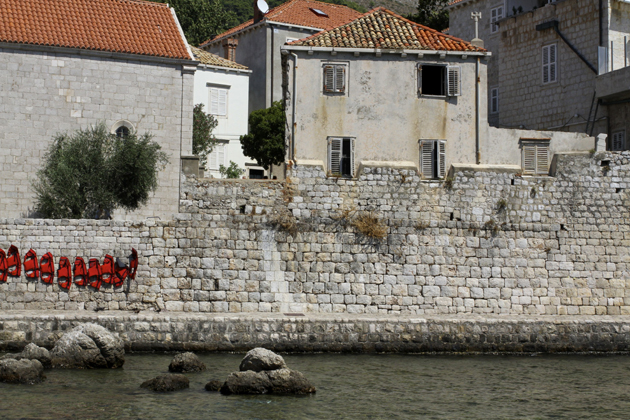

But therein lies the irony. Dubrovnik’s modern history is anything but peaceful. Despite joining the UNESCO list of World Heritage Sites and demilitarizing itself in the 70’s, the city was besieged by Serb-Montenegrin forces, for seven months, during the Croatian War of Independence. Damaging 56% of Dubrovnik’s buildings the war left the city and its residents utterly transformed.
Every guidebook will warn you against discussing the war with locals. And this is completely understandable; the history is so recent. It only took me one slip up to realize this. During a friendly morning chat with a waiter I asked about an abandoned hotel overlooking the water just outside the city that I’d spied en route to Lokrum. He admitted that it had closed during the war, sustained structural damage and was never reopened. He then politely shut down the conversation.
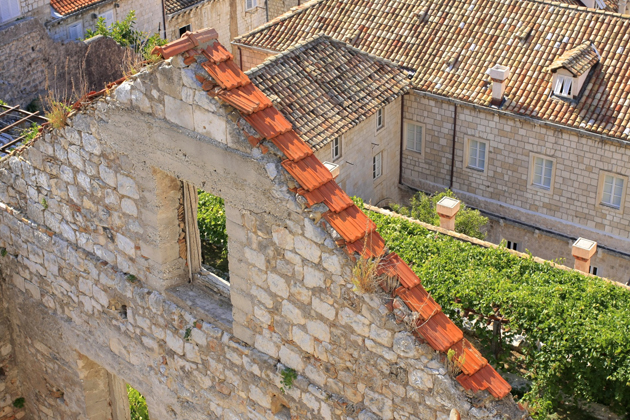
What’s odd however, is the minute you turn your head away from the ‘stars’ (the marks shells have left on the massive stones lining the street that you might at first attribute to age), and face the water, you’re right back in paradise. And it’s a paradise loved by those who call it home. Most of the post-war repairs were made possible through the private donations of Croatians living overseas. Their motivation: merely seeing the city returned to its former glory. History, beauty and passionate nationals – this is a destination like no other.
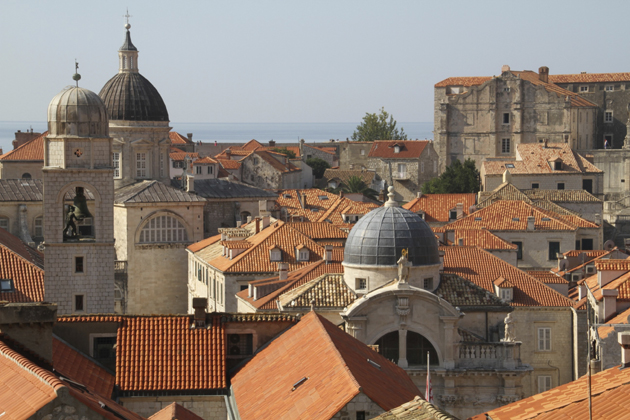
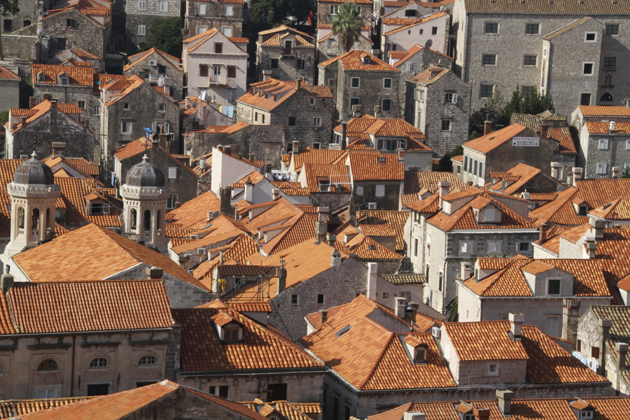
The Classic Affair
If you would ask someone to sum up in a single word his way of dressing, most likely he would never say “Classic”. Nevertheless, despite the foolish prejudices of ordinary hipsters and bungled fashion victims, in the end it’s always the Old School Style to influence customs and behaviors, especially in terms of male aesthetics. During the last five years there’s been a considerable return to the formal male elegance.
Jackets, vests, double-breasted suits, trousers with front pleats, button-down shirts and worth braces: a twister of shapes and colors in which shoes – especially dominated by the British style – remain a good safe haven to which fall back if lost in the vast sea of styling proposals. Good rule says every gentleman has to own at least two pairs of shoes, classic and high bill, to be alternated during the week, and one more casual pair, for weekends and less formal occasions.
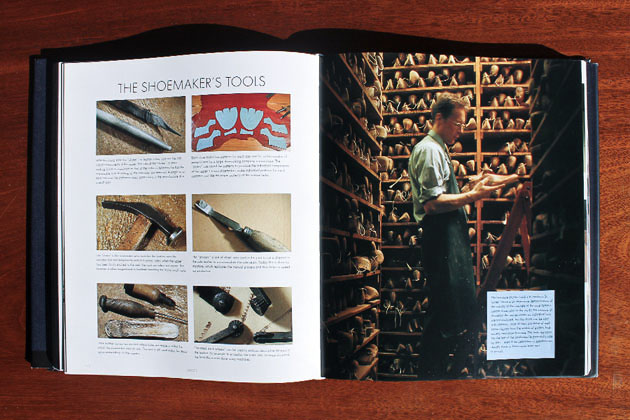
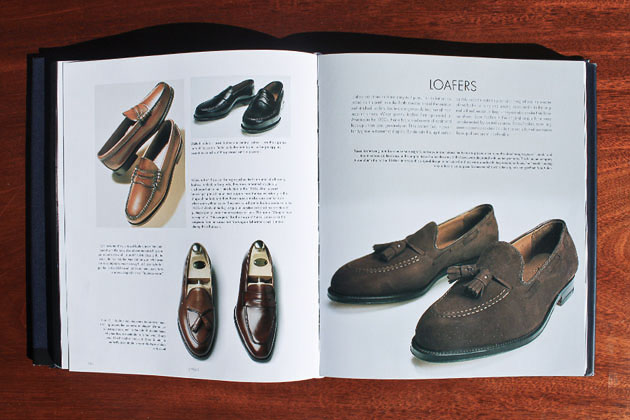
Church’s, Alden, Tricker’s, Allen-Edmonds, Crockett & Jones, Ludwig Reiter, Cheaney and few, strictly few, other houses have transformed an ancient craft into a fine art. Secrets of artisan families are interwoven with those of royal dynasties and famous names that have shaped the history of cinema, fashion, art and science.
It all starts with the custom-made shoe: not only a garment for a very small clientele, but a symbol of power and absolute elegance. A choice linked to the need for individual comfort and beauty, pitted by long processing times. Material testing, color choices and interminable waiting lists become a certain type of a rite. But times change, and the ability to devote full days, resources and production costs to a single customer gradually disappears. Market moves quickly, and to meet the growing demand for tailored pieces, the big manufacturers alter their production by defining sizes, shapes and standard color palettes that the customers would have to comply with.
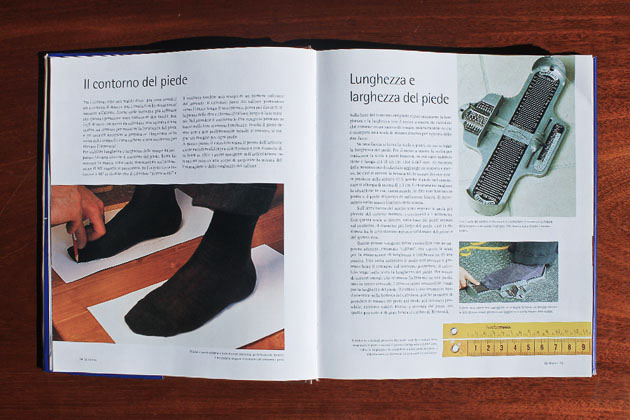
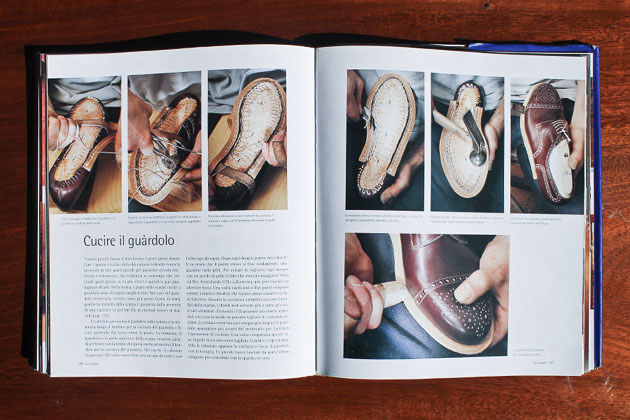
The leathers used for the inner sole are only vegetal tanned hides, and calfskin is always the standard material adopted to clothe the skeleton. Customers can personalize their own dream shoes with the help of a talented shoemaker. You can find a famous example of it at Number 9 St. James’s Street in London, home of one of the most popular custom shoemaker in the world, John Lobb. There, the Master Last-Maker initiates the manufacturing process by taking a series of foot measurements, while client chooses the model, shape and type of leather, as well as the height of the heel, the sole and any other particular details. In addition to John Lobb’s, this practice is adopted by many other custom-made shoe houses, such as Berluti, László Vass and Gatto.
Wearing quality shoes means communicating an intention. They are a status symbol intelligible by a few but clearly visible to all. The fact that the fast fashion industry and small European ready-to-wear manufacturers have also turned to this type of production means that this kind of demand by the market is not merely a niche anymore. This change communicates a sense of rediscovered antique elegance that, hand in hand with the uncontrollable demand after anything vintage, has the ambition to make men’s fashion more suitable to the the needs of this new type of male.
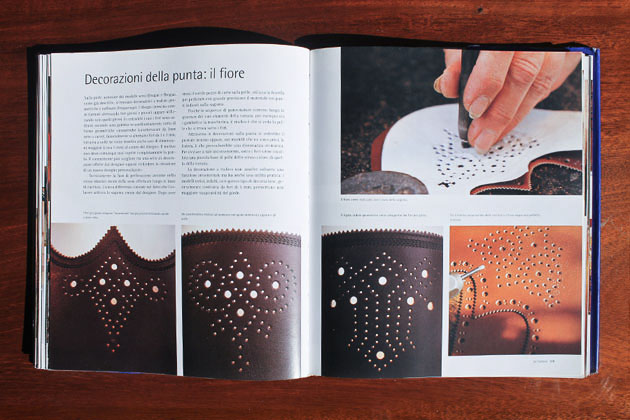
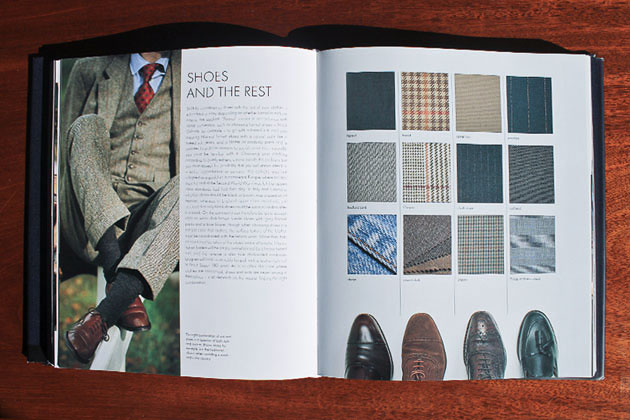
Penguin – The Beauty Of The Book
A few days ago a big news has come up in book publishing. Two major publishers, Penguin and Random House, are merging to form one of the biggest contemporary publishing houses. Besides the economical and market outcomes (they might control one fifth of the UK book market), the operation might have an implication even on design.
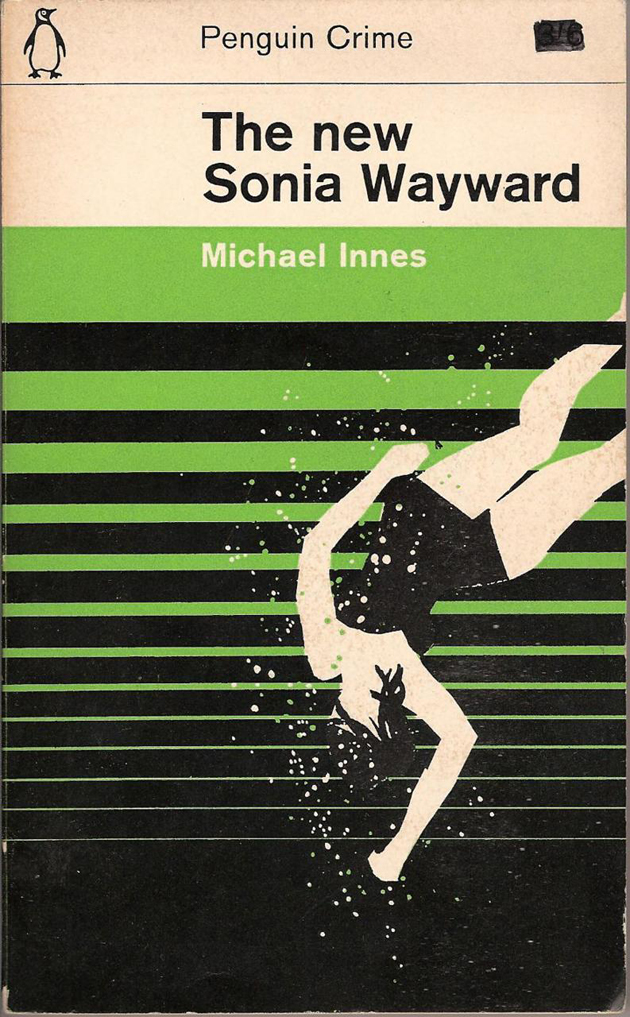
Penguin Books has made its name in timid history of design for its subversive book covers. Guided by the illuminated impresario Allen Lane, the founder of Penguin, the first book covers designed for Agatha Christie’s novels have immediately become a classic. Following the idea that “Good design is no more expensive than bad”, Mr. Lane has created not only a publishing empire, but even a design one.
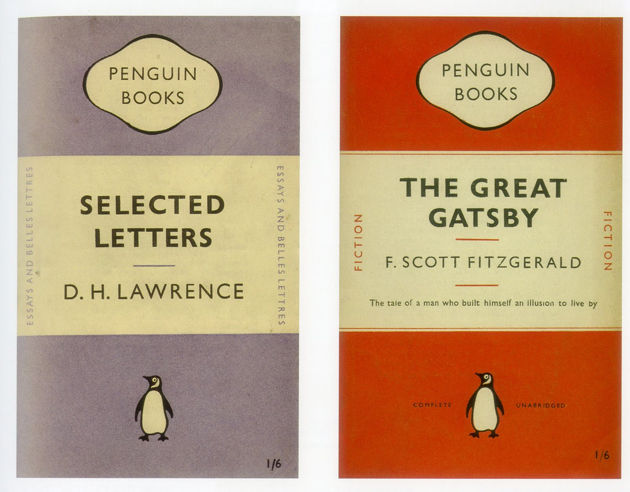
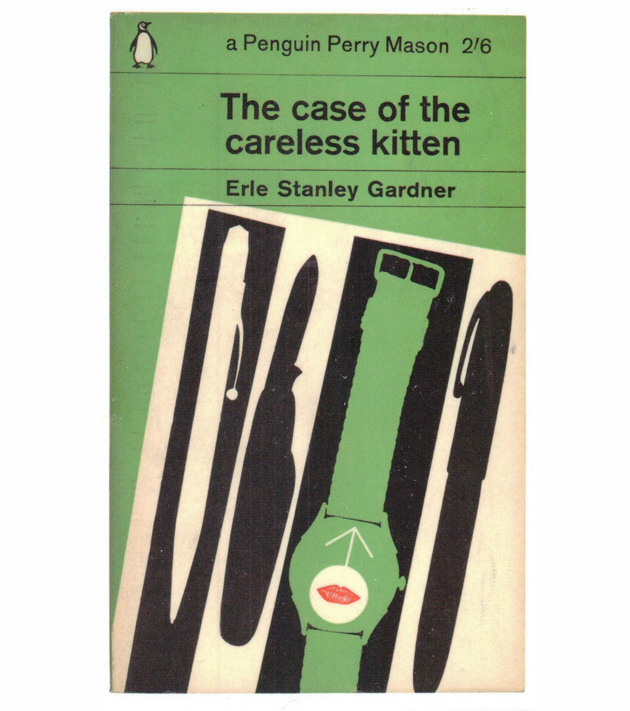
While it all began with Mr. Lane, the person who gave unity to Penguin’s visual expression was Jan Tschichold, a Swiss designer born in Germany. Tschichold is widely known for his revolutionary manifesto-book “The New Typography” published in 1927, which anticipated Swiss modern design by nearly two decades with its idea of ‘universal’ typography, rigid grid structure and almost no decorative elements. After the second World War, Mr. Tschichold retreated himself in the UK, where he turned back to his origins as traditional typographer and set the iconic corporate image for Penguin. As well as the impeccable composition guidelines.
Besides Tschichold, a long series of world class designers has offered their services and wit in designing one of the most beautiful and intriguing book covers ever. Among them you can find Alan Fletcher, Colin Forbes, Derek Birdsall and Germano Facetti, all notorious design figures. As the last accords between Penguin and Random House are being signed, we all hope the new publishing house might treasure their and our design history.
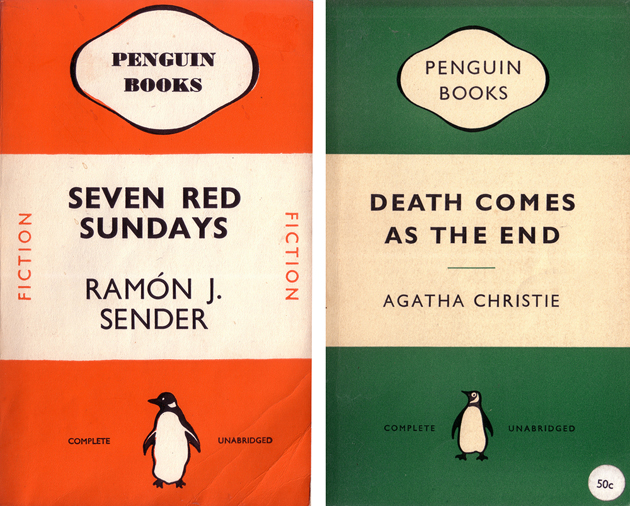
Cyprien Gaillard | Urban Failures And Renewals
Video, pictures, installations, but also engravings and collage, these are all tools at the service of Cyprien Gaillard (b. 1980, Paris) to depict his personal view of a history of destruction and revival. In the works by the French artist virgin and anthropized nature coexist in landscapes, which plays with past and present days and emerges from smoke, upsetting codified representations. Thick white clouds, ejected from extinguishers, loom over panoramas and encompass them, leaving the viewers destabilized for their lack of common spatiotemporal references.
It could be a fire, the first thing coming to mind while looking at the series of five 35 mm videos entitled Real Remnants of Fictive Wars, or smoke bombs as in the case of the red-blue gangs – hooligans in a Russian suburb – battling in the triptych Desnianky Raion. Land and performative art join together and meet, in a sort of elective affinity, the dramatic and touching music produced by the long-time friend of Gaillard, the celebrated French composer Koudlam.
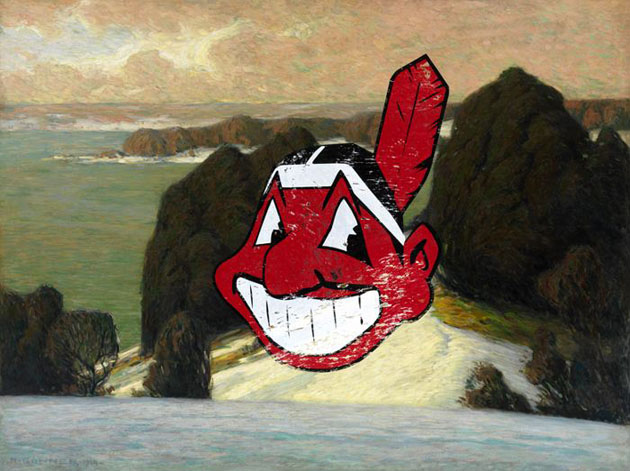
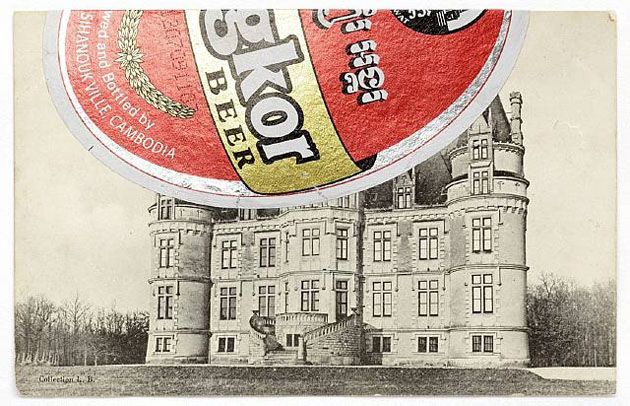
Focusing on the acts of vandalism that scar the condition of things, and using derelict architecture as both subject and metaphor of his poetic, Cyprien Gaillard shows the transience that surrounds and permeates human beings’ existence and their choices. This way the message turns to a sort of documentary intent, which connects different ages through the concept of transformation. Our time is a time that tends to a progressive atrophy. It is a time of “broken dreams and frustrated expectations”, a period of disenchantment dominated by an ancestral disorder that nevertheless doesn’t necessarily bring contemporary society to an end. According to the pessimistic vision of Max Weber – one of the founders of modern sociology – ideas and beliefs cause social change along with an inescapable failing of tradition due to an ever-increasing rationality. Maybe we are just atomistic, alienated individuals bent to the mass culture industry that determines what we are, or maybe we live in a system governed by an entropic chaos, experiencing it while lingering over the “big moment” to come.

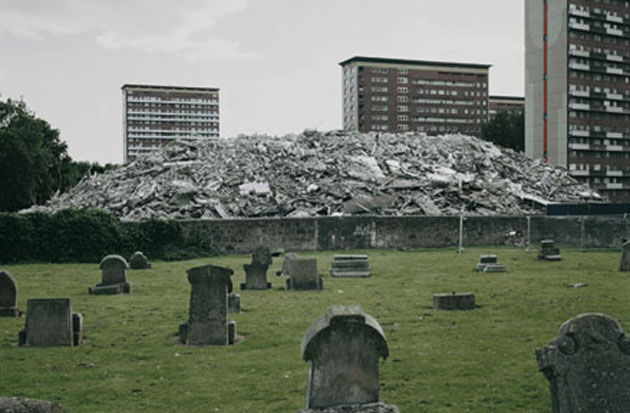
After exhibiting in many of the most important domes of contemporary art such as Centre Georges Pompidou in Paris (2011, 2008); Turbine Hall at Tate Modern in London (2009); MoMA in New York (2010); the KW Institute for Contemporary Art in Berlin (2011), Cyprien Gaillard lands in Italy. Fondazione Trussardi arranged his first solo show at the military bakery of Caserma XXIV Maggio in Milano, entitled Rubble and Revelation – once again the Foundation has been able to seek out a lost treasure of the city and opens its door to a wider audience –, hosting the works of a young artist who shows the traces of the strong relationship between modern cultures and their environment, constraints and chances.


Sunday Breakfast by Love For Breakfast
In a distant spicy hint I find the recollection of a not too far memory. An exotic consolation of a lack hard to fill.

Rosarito Beach: A One Night Stand
You have to visit San Diego at least once in your life. A lot of people who visit California can’t resist the charm of Los Angeles, Las Vegas and San Francisco, maybe thinking that down there – between the south-western projections of the rocky views of the States, where huge pick-ups zip along highways almost as large as soccer fields – the American Dream is less visible. Surely, San Diego doesn’t possess the arrogance of Los Angeles and the hip style of San Francisco, but to the eager tourists hunting the Californian landscapes this city will offer beaches crowded with surfers, lovely shops on the seaside and a perfect climate all year long. And it is exactly in this American portrait, shining like a line of fire, that you will discover also another feature: The border of Mexico.
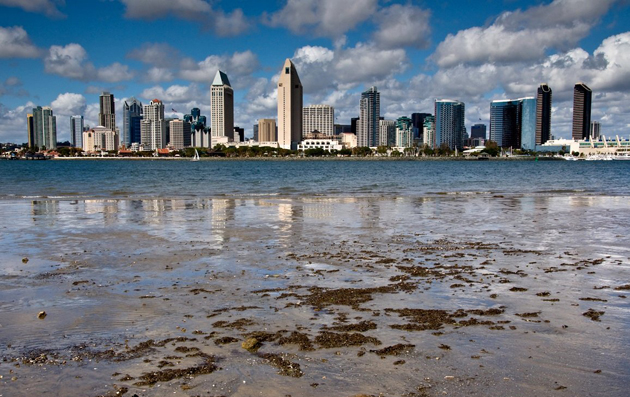
Within a few miles you can pass from the glitzy luxury of La Jolla, the seaside resort in the North of San Diego, 40 miles away from Orange County, to the provocateur transgression of Tijuana. Landscape changes like by a curse: big colonial houses turn into hovels and Cadillacs into wrecked cars. Big supermarkets, little by little, become family owned businesses. Beyond border – the most crossed one in the whole world – groups of young people looking for fun make a rush for old taxicabs, anxious to get to the party. Tijuana, described by Manu Chao as the city of tequila, sexo y marihuana is not the only destination for the tourists and Californians. Rosarito Beach, one hour drive from San Diego, is commonly less known, but competes with Tijuana for the wand of Mexican Mecca of transgression.
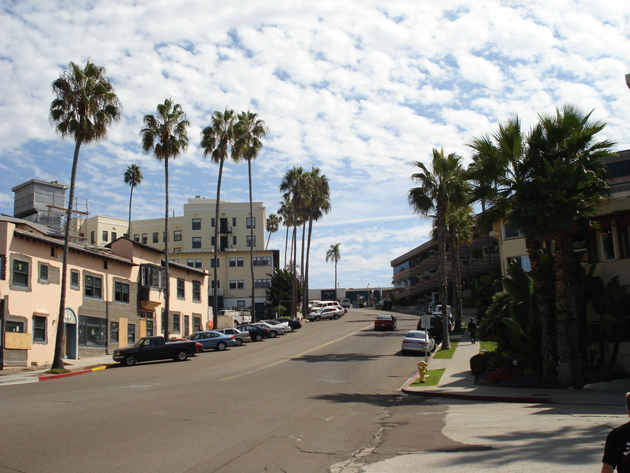
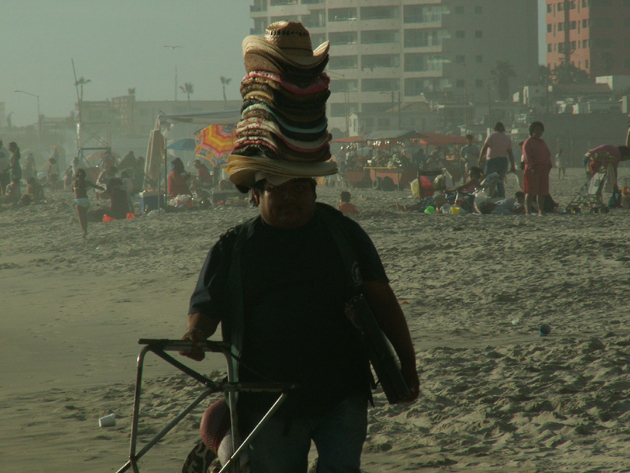
In summertime, nights in Rosarito Beach are long and sweltering. Groups move from one disco to another, while on the streets some people seem like coming out from a Tarantino movie, offering discount entries to clubs. Liquor stores are filled up with young boys and girls. Music gets louder on the dancefloor and the night starts burning to the sound of commercial rap and the screams of the party people. When the dawn glisters in the horizon, walking between boxes in which some homeless and foundlings live, the people of the night come back, moving towards the customs. Under the rising sun, between turnstiles and gates, caravans of dazed young boys and girls are heading for home, leaving Mexico after the one night stand of fun.
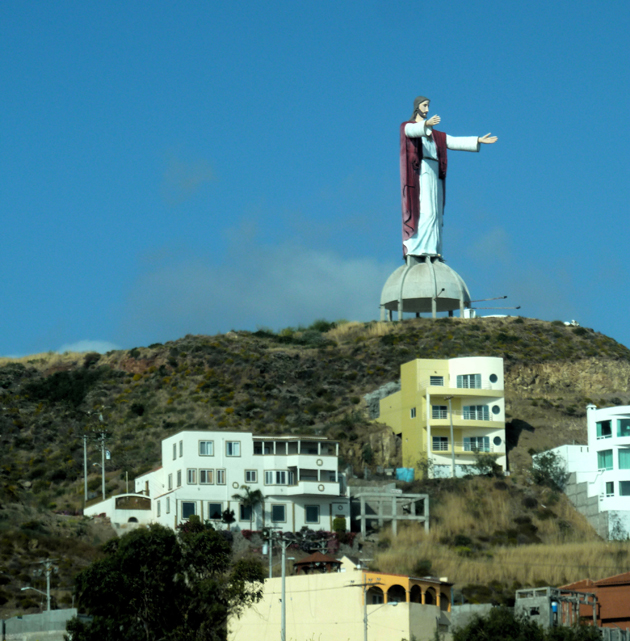
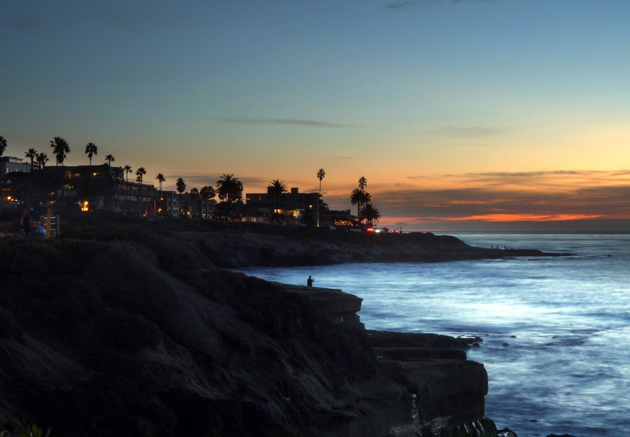
A (Fashion) Tale of Truth
Unless you’ve resided under a rock for the past decade, it is manifestly clear that green, biosphere conscious fashions have become an all-pervading phenomenon in today’s fashion landscape. After a deserved flood of awareness that has been raised about the horrors of what goes on behind the fashion industry’s curtain, eco fashion has as such gradually evolved from an haute-nouveauté buzzword, into the new normalcy. By virtue of this, eco-responsibility is exploited as a vital marketing strategy for a growing group of fashion labels.
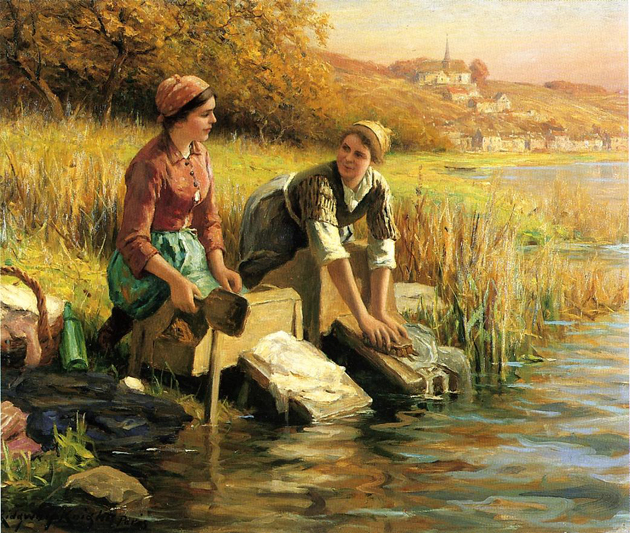
A number of these businesses, particularly some ‘old’ and established ones, have attempted to jump on the green bandwagon by disingenuously spinning their apparel as environmentally beneficial. This deceptive use of green PR, also termed as greenwashing, denotes to a diverse array of counterfeiting practices. Conspicuous labelling, through the iniquitous endorsement and certification of third parties, is one such thing. For instance, fabric with a mere 5% organically grown cotton is qualified for acquiring the virtuous stamp of Textile Exchange; a non-profit organization focussed on the responsible expansion of textile sustainability.
On a similar note, the Better Cotton Initiative – a multi-stakeholder’s initiative founded by Adidas, Gap inc. and H&M, among others – is deemed a reputed, eco-responsible organization and thus credible hallmark, while de facto, it has established minimum environmental requirements for growing cotton. Under meticulous examination, the green gloss of some of these companies is flaking in the heat. As such, the ethical alignments of fashion labels are increasingly watched with a critical eye.
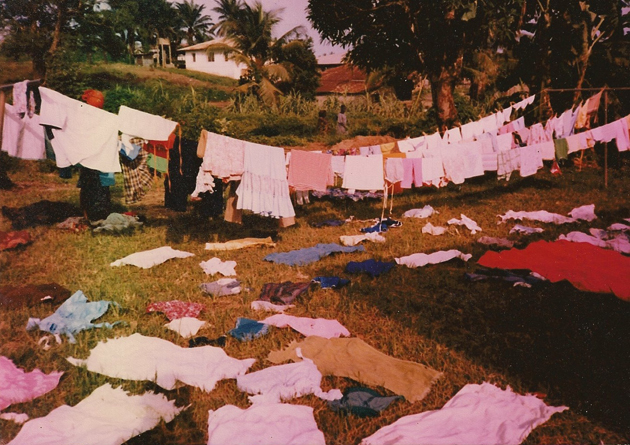
Yet, in spite of these unjust ecological credentials made by some, the biggest environmental impact of the manufacture of clothing happens on the consumer end of the spectrum, after the production phase. In fact, a sweeping sixty percent of the consumed energy is directly correlated to the way we wash and dry our garments. The carbon footprint of a load of laundry is not to be underestimated: washing and drying every two days creates around 440kg of CO2e each year. Tons of energy can be saved there, by line-drying and washing our garbs in cold water. All in all however, the utmost smartest and greenest thing one can do is, radically but simply, cut down on shopping sprees. It’ll surely help reduce the clutter in one’s wardrobe.
